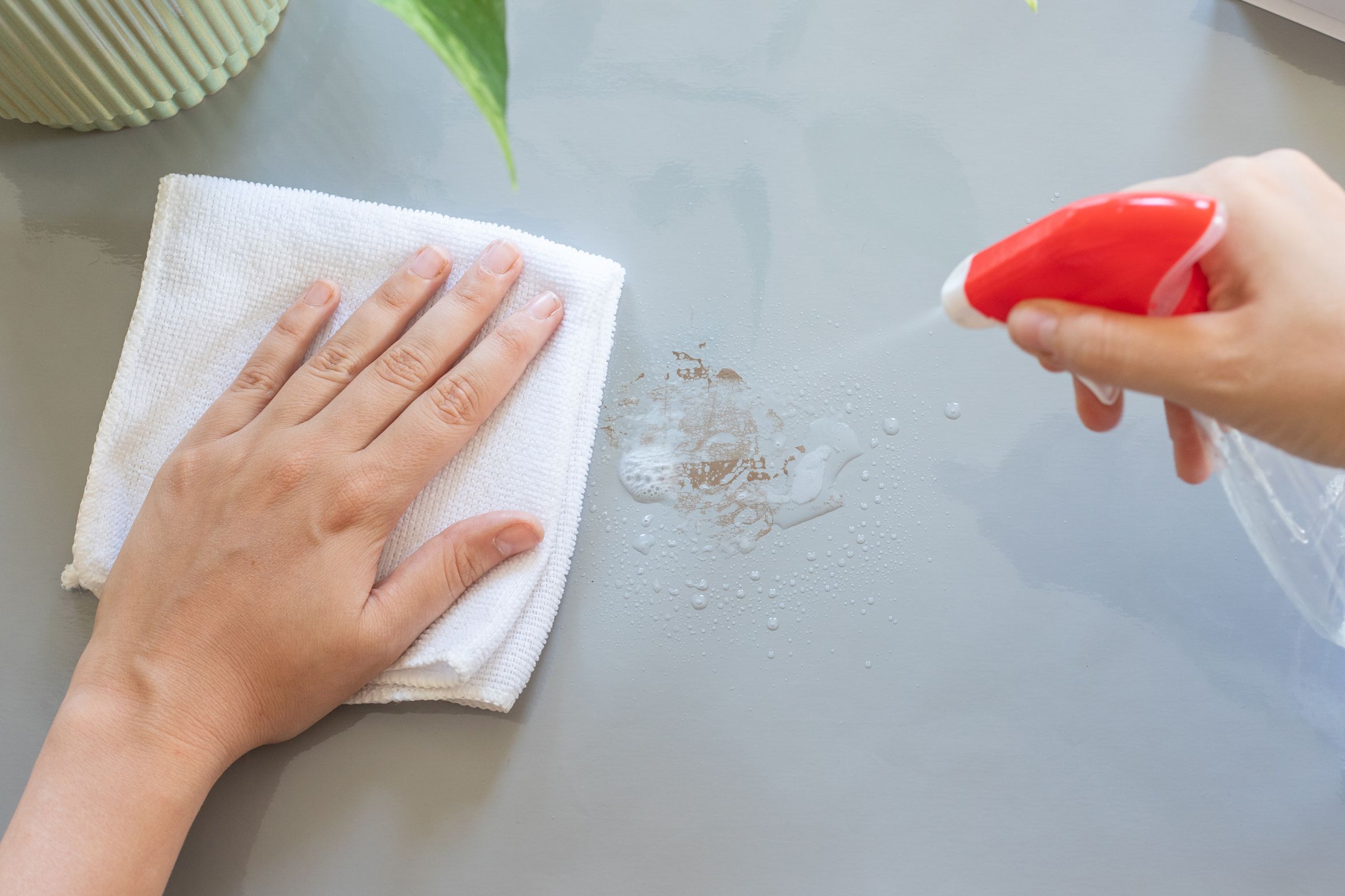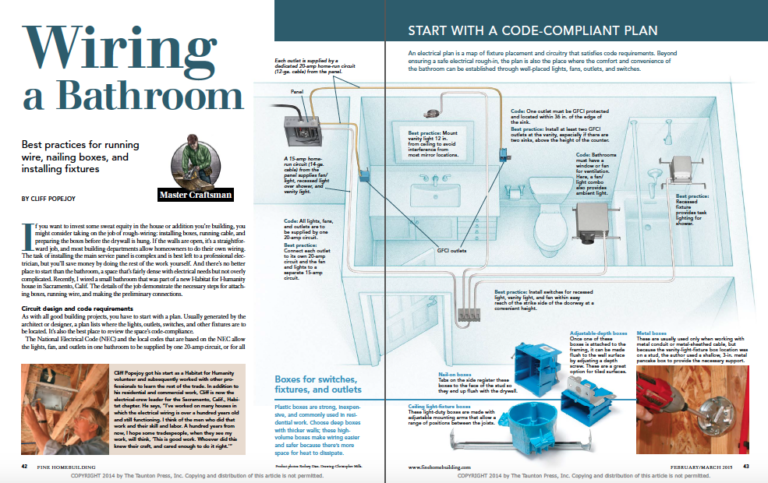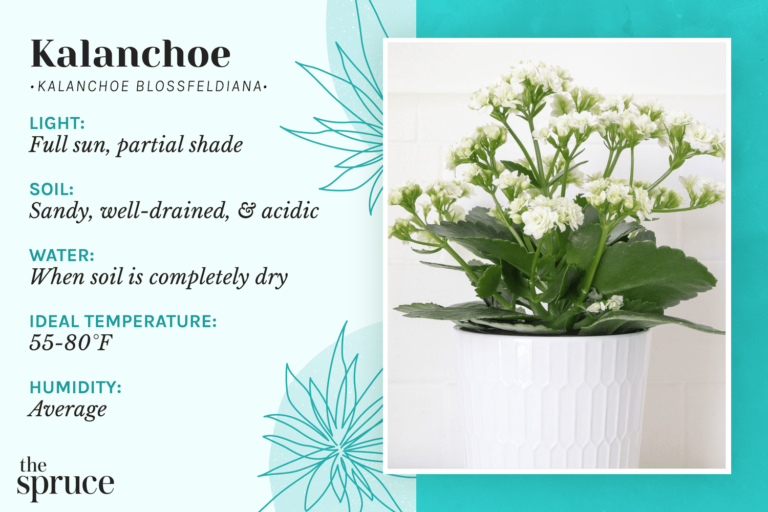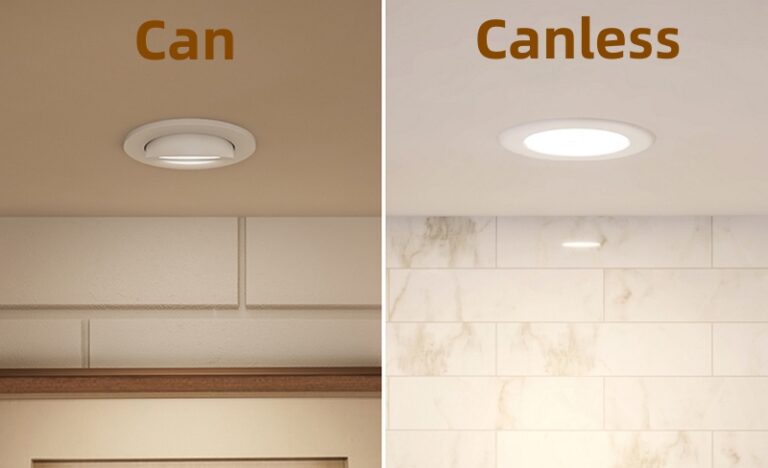How Do You Remove Stuck Tape Residue?
Removing stuck tape residue can be a tedious and frustrating task. It is often the result of attempting to remove tape that has been left on for too long or that has been exposed to extreme temperatures or humidity. Fortunately, there are several methods you can use to get rid of this sticky, unwanted residue. By carefully following the instructions for the desired method, you can easily remove stuck tape residue without damaging surfaces or leaving behind any sticky mess.
Understanding Tape Residue
and How to Remove It
Tape residue can be an annoying problem. Whether it is left-over adhesive from a label or tape that you used to secure something, tape residue can be difficult to remove. Understanding the types of tape residue, and the best methods for removing them, can help you to quickly and effectively solve the problem.
The type of tape residue you are dealing with will determine the best way to remove it. Many types of tape residue are made from different materials and require different cleaning solutions. For example, adhesive residue from labels or stickers can be removed with a mixture of warm water and mild soap. For tougher residues, such as duct tape or electrical tape, a solvent-based cleaner may be necessary.
In addition to understanding the type of tape residue, it is also important to consider the surface it is attached to. If the residue is removed from a delicate surface, such as painted walls, a non-abrasive cleaner should be used to avoid damage. For tougher surfaces, such as metal or glass, a scraper or blade may be necessary to remove the residue.
Removing tape residue is a simple process that can be done with the right tools and knowledge. Learning about the type of tape residue and the best methods for removing it can help you to quickly get rid of the problem and restore the surface.
Common Causes of Stuck Tape Residue
Tape is a great tool for organization and repair–but it can be a hassle when you’re left with residue. Stuck tape residue can be caused by several factors, including the type of tape used and the surface it’s applied to. Understanding the common causes of stuck tape residue can help you prevent it from happening in the future, as well as help you remove it more quickly and easily.
The most common cause of stuck tape residue is a result of tapes that are not adhesive enough for the surface they’re applied to. For instance, masking tape is not designed to stick to walls, yet many people use it to hang posters or pictures. The adhesive on masking tape is simply not strong enough to hold the item in place, so the tape often peels off, leaving residue behind.
In addition, poor surface preparation can lead to stuck tape residue. If a surface is dirty, dusty, or greasy, the adhesive on the tape may not bond properly. This can cause the tape to come off prematurely, leaving a sticky, adhesive residue. To ensure the tape adheres properly, it’s important to clean the surface before applying the tape.
Finally, another common cause of stuck tape residue is temperature. Certain types of tape, such as duct tape, can become less adhesive in cold temperatures, leading to premature peeling and residue. To ensure the tape adheres properly, it’s important to store tape in a cool, dry place out of direct sunlight.
While stuck tape residue can be annoying, understanding the common causes can help you prevent it in the future. With the right tape and proper surface preparation, you can avoid the frustration of sticky tape residue.
Tools and Products to Remove Tape Residue
Removing stubborn tape residue can be a challenging task, as it often sticks to a variety of surfaces and is difficult to remove. Fortunately, there are several tools and products that can help you safely and effectively remove stuck tape residue from surfaces. Depending on the type of tape residue and the surface it is stuck to, you will need to choose the right tool or product to ensure that you achieve the best results.
One of the most common methods for removing stuck tape residue is using a razor blade or a plastic scraper. Razor blades can be used to carefully scrape away dried-on tape residue from surfaces such as glass, metal or ceramic tiles, while plastic scrapers can be used for softer surfaces such as wood or plastic. It is important to use caution when removing tape residue with a razor blade or scraper, as scratching the surface may occur if not done properly.
Another effective tool for removing stuck tape residue is an adhesive remover. This can be used on most surfaces, as it is designed to dissolve the adhesive on the tape residue and make it easier to remove. Adhesive removers come in various forms, such as sprays, gels, and liquids, so you can choose the one that best fits your needs.
Finally, you can also use a rubbing alcohol-based product to remove stuck tape residue. Rubbing alcohol is a powerful solvent, and it can be used to break down the adhesive on the tape residue and make it easier to remove. It is important to use caution when using rubbing alcohol, as it can cause damage to certain surfaces.
Removing stuck tape residue can be a difficult task, but with the right tools and products, you can easily and safely remove it from any surface. Be sure to use caution and choose the right product or tool for the job to ensure that you get the best results.
Using Natural Solutions to Remove Tape Residue
It’s possible to remove tape residue without harsh chemicals or expensive products. Natural solutions are simple, affordable, and most importantly, effective in removing tape residue. There are several methods to try depending on the surfaces you’re working with, the type of tape, and the amount of residue.
For removing tape residue from hard surfaces, such as glass, try using white vinegar. Simply apply a few drops of white vinegar onto a cloth and rub the residue gently until it comes off. For carpet, you can apply a mix of baking soda, cornstarch, and oil, and allow it to sit and absorb the residue. For wood, use a paste made of equal parts vinegar and salt.
You can also try using oil-based lubricants, such as baby oil, mineral oil, or WD-40. Simply apply the lubricant to a cloth and rub the residue until it comes off. This method is particularly effective for removing tape residue from plastic.
If all else fails, you can use a commercial adhesive remover. Make sure to read the directions and warnings before using the product, as some can be harmful to skin and fabrics. No matter what method you use, you should always test the solution on an inconspicuous area first.
Removing tape residue doesn’t have to be a difficult or expensive task. With the right natural solutions, you can easily and effectively remove tape residue from any surface.

Tips For Removing Stuck Tape Residue
Removing sticky tape residue from surfaces can be a tricky and time-consuming task. If you’ve recently removed a piece of tape, you may be left with a stubborn sticky residue that won’t go away. Fortunately, there are a few methods you can use to effectively remove the sticky residue from any surface.
In most cases, the best way to remove stuck tape residue is to use a solvent like rubbing alcohol, nail polish remover, or Goo Gone. Soak a cotton ball in the solvent and then use it to gently rub the residue. If the residue is particularly stubborn, gently scrape it away with a plastic razor blade.
If you don’t have access to a solvent, you can also use a mixture of warm water and dish soap. Dip a soft cloth in the mixture and then rub the residue until it is gone. For stubborn residue, use a soft-bristled brush to scrub away the residue.
If the residue is on a delicate surface, like wood, you can use a mixture of equal parts vegetable oil and baking soda. Rub the mixture into the residue and allow it to sit for a few minutes before wiping it away.
No matter which method you use, make sure to test the solvent on a small, inconspicuous area first to make sure it won’t damage the surface. Additionally, use gentle pressure and circular motions to avoid scratching the surface. With these tips, you can quickly and easily remove stuck tape residue from any surface.
Troubleshooting Common Tape Residue Problems
If you’ve ever found yourself stuck in a sticky situation, you know how frustrating it can be. Whether it’s a stubborn tape residue on your hands, walls, or furniture, it can be difficult to clean up and remove.
The good news is that there are a few simple solutions to help remove stuck tape residue from any surface.
First, start by softening the adhesive with a small amount of warm water and a soft cloth. This will help you to gently loosen the residue without damaging the surface.
Next, use a soft bristled brush or a plastic scraper to carefully scrape away the residue. Make sure to use a light touch, as too much pressure can cause damage to the surface.
When dealing with difficult residue, a few drops of mild dish soap or rubbing alcohol can also help to break down the adhesive. Use a clean cloth to gently rub the area in a circular motion until the residue is removed.
Finally, use a soft cloth and warm water to rinse the area. Make sure to dry the surface thoroughly to avoid any further residue or staining.
By following these simple tips, you can easily remove stuck tape residue from any surface. With a little patience and the right tools, you can quickly get your surfaces back to looking brand new.
Preventing Tape Residue Build-Up
It’s no secret that tape residue can be a real pain, but what many people don’t know is that there are measures you can take to help prevent buildup from occurring. The most effective way to ensure that tape residue doesn’t stick around is to clean the area before applying your tape. This will make it easier for the tape to be removed and less likely for any residue to remain once it is taken off. Additionally, using a high-quality tape designed for the application can also help, as it will be more likely to come off without leaving behind any residue. Finally, applying a small amount of oil or lubricant to the surface before applying tape can help make it easier to remove without leaving behind any residue. By following these simple steps, you can help make sure that tape residue doesn’t get stuck and make your life a little easier.
Conclusion: How to Remove Stuck Tape Residue
Removing stuck tape residue often seems like a daunting task, but with the proper know-how, it can be tackled with ease. First, you’ll need to determine what type of residue you’re dealing with and then employ the appropriate technique. For adhesive residue, you can use a solvent, like rubbing alcohol or nail polish remover, to dissolve and remove it. For wax-based residue, use a warm cloth or a blow dryer to heat up the surface and soften the residue. Finally, for double-sided tape, use a razor blade to scrape it away. With the right approach, you can easily remove stuck tape residue in no time.
FAQs About the How Do You Remove Stuck Tape Residue?
1. What can I use to remove stuck tape residue?
A: Common household items such as white vinegar, vegetable oil, or rubbing alcohol can be used to remove stuck tape residue.
2. Does heat help to remove stuck tape residue?
A: Heat can help to loosen the adhesive and make it easier to remove. Use a hair dryer to heat the area before attempting to remove the residue.
3. What if I can’t get the residue off?
A: If the residue is still stuck, you may need to use a stronger adhesive remover such as Goo Gone or WD-40. It’s important to test these products on an inconspicuous area to make sure it won’t cause any damage.
Conclusion
Removing sticky tape residue can be a difficult and time consuming process. However, with a few simple steps and the right products, it’s possible to successfully remove the adhesive and restore surfaces to their original condition. The most effective way to remove tape residue is to heat the adhesive with a hairdryer, then use a combination of rubbing alcohol, vinegar, or a specialized adhesive remover to loosen the sticky residue. By following these steps, you can easily remove tape residue and restore surfaces to their original condition.






